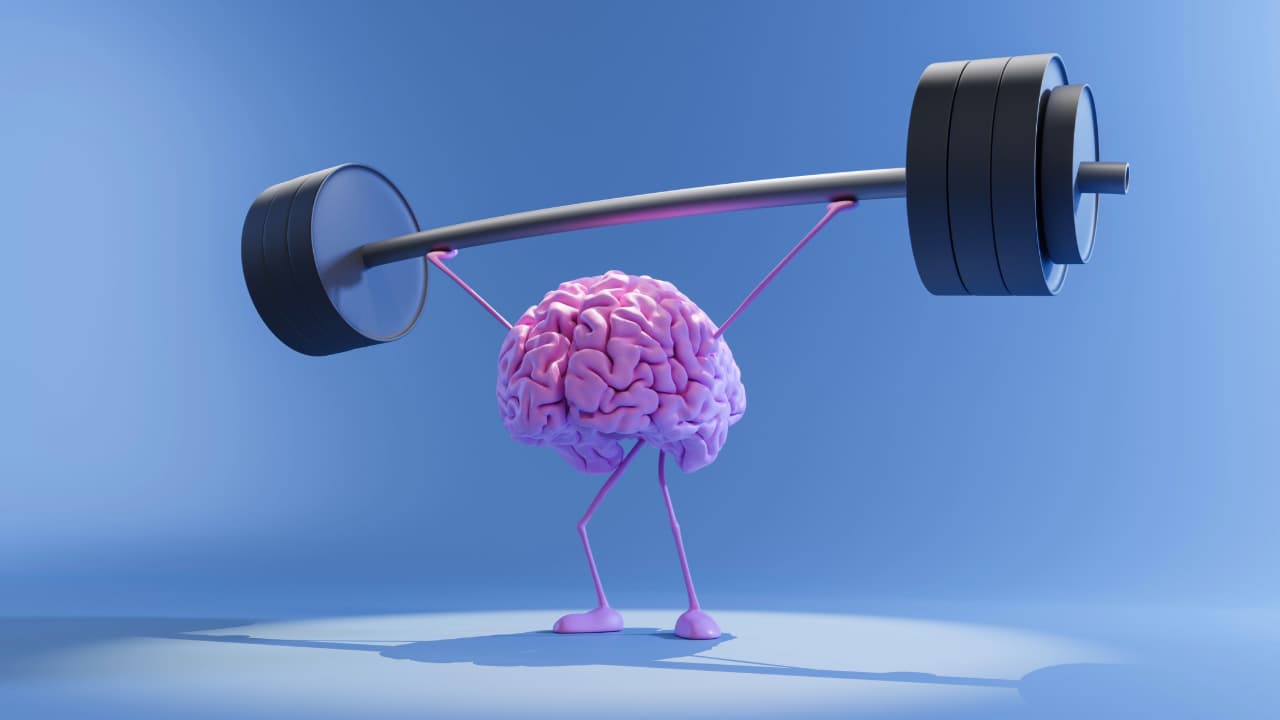A new study reveals how visceral fat ages your brain while muscle keeps it young. Learn how MRI scans link body composition to brain health and Alzheimer’s risk.
A new study shows that people with more muscle and less hidden belly fat may have brains that appear biologically younger. These findings will be shared at the annual meeting of the Radiological Society of North America (RSNA). Hidden belly fat, referred to as visceral fat, is the fat stored deep within the abdomen. Unlike the softer fat just beneath the skin, visceral fat is considered more harmful and has been linked to health issues like diabetes and heart disease. Researchers now suggest it might also influence how quickly the brain ages.
Dr Cyrus Raji, a senior author and associate professor of radiology and neurology at Washington University School of Medicine in St Louis, explains that bodies that are healthier, with more muscle and less hidden belly fat, are more likely to have healthier, younger-looking brains. Better brain health then reduces the risk of diseases such as Alzheimer’s.
How MRI Scans Reveal Brain Age and Body Health
The concept of “brain age” refers to how old the brain appears based on its structure, not the person’s actual age in years. MRI scans can determine whether a brain looks younger or older than expected by analyzing patterns of shrinking, thinning, or other structural changes.
Body MRI scans can also measure muscle mass and the amount of visceral and subcutaneous fat (the fat just under the skin). Muscle mass is increasingly viewed as a sign of overall health, especially as people grow older. Dr Raji explains that with age, muscle mass naturally decreases while visceral fat tends to increase. The team wanted to explore how these physical changes relate to changes in the brain.
Inside the Study: Scans, AI, and Who Was Measured
The research team analyzed data from 1,164 healthy adults across four study sites. More than half were women, and the average age was 55. All participants had whole-body MRI scans. These scans used imaging that displays fat as bright areas and fluids as darker areas, providing a clear view of muscle and fat throughout the body and the brain’s structure.
The researchers then used artificial intelligence to review the images. The AI estimated each person’s “brain age” and calculated their muscle volume, visceral fat, and subcutaneous fat.
The results were significant: individuals with a higher ratio of visceral fat to muscle had brains that appeared older than their actual age. In contrast, those with more muscle had brains that looked younger. Subcutaneous fat, the softer fat under the skin, did not show a clear link to brain age.
Why These Findings Matter
The study highlights a clear message: taking care of your body is also a way to take care of your brain. Building or maintaining muscle and reducing visceral fat are achievable goals for many people through changes in diet, exercise, and lifestyle.
The researchers believe that body MRI scans and AI-generated brain age scores could become valuable tools in future health programmes. These measurements might help track progress in reducing visceral fat or guide personalized strategies to maintain muscle.
Dr Raji added that the findings support long-standing theories connecting physical health markers with brain health. They might also help shape new clinical trials focused on metabolic health, ageing, and brain disease prevention.
What This Means for Popular Weight-Loss Drugs
The study also raises questions about commonly used weight-loss drugs known as GLP-1 medications, such as Ozempic. While these drugs effectively reduce body fat, some evidence suggests they may also lead to muscle loss.
Dr Raji said the new findings could guide future versions of these treatments. Ideally, he explained, the goal would be to reduce visceral fat while preserving or increasing muscle mass. He added that future research using MRI measures of fat, muscle, and brain age could help determine the best dosing strategies for GLP-1 drugs to support both body and brain health.
